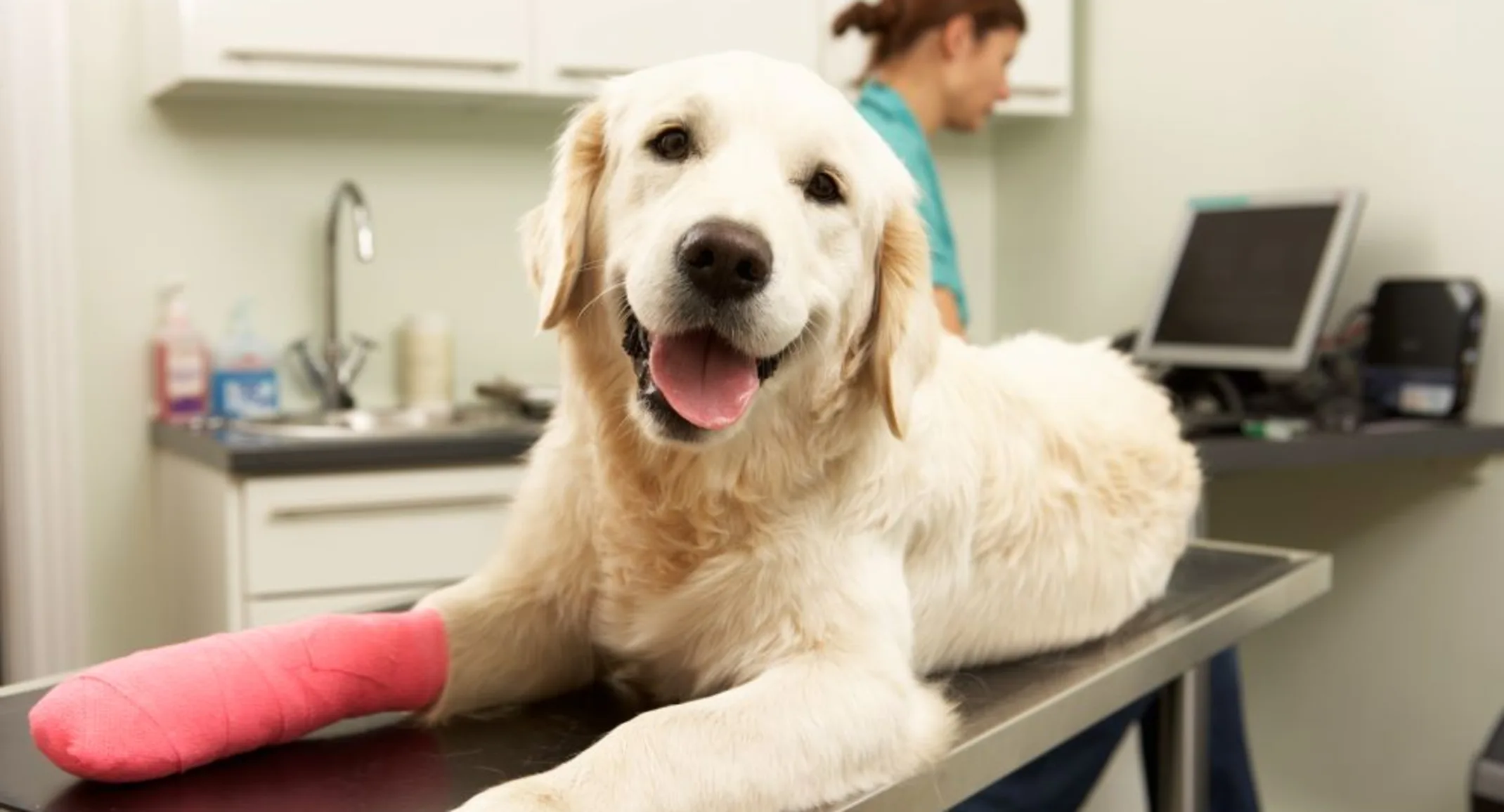What to Expect When Your Pet Needs Surgery: A Step-by-Step Guide
For Pet Owners

Let’s be honest: The idea of surgery can be scary.
While your pet will receive the best possible care at Animal Emergency and Referral Associates (AERA), we understand how stressful and worrisome it can be to trust your dog or cat’s well-being to someone else—even the experts.
Fortunately, in most cases, preparation and communication help ensure a smooth experience for pets and pet parents alike. To help ease your worries and keep you confident throughout the process, we’ve put together a guide outlining what to expect before, during, and after your pet’s surgery.
Pre-surgery: Before the big day
Solid preparation can help you stay focused on your pet’s needs without creating additional stress.
The pre-surgical consultation
The pre-surgical consultation includes a physical exam, diagnostic testing, and a review of your pet’s medical history. Goals of this visit include identifying underlying health issues or anesthesia risks, confirming your pet’s diagnosis and need for surgery, and answering any questions about the process.
Fasting
Depending on your pet’s procedure and health, the surgery team will advise you on when and how to withhold food and/or water from your pet. This is a safety precaution used to prevent vomiting or aspiration while your pet is under anesthesia. Ensure you follow your pet’s fasting instructions exactly to avoid complications.
Medications and special needs
If your pet takes daily prescription medications, we’ll let you know whether to give or skip your pet’s dose on the day of surgery. Inform our team about any supplements, over-the-counter medications, or herbal remedies your pet receives, as these may interact with anesthesia or affect blood clotting.
Arrival and admission/drop off
We recommend arriving early to complete any remaining paperwork. Please bring your pet on a leash or in a carrier. If your pet will be hospitalized after surgery, we may ask you to also bring their regular medications and food.
Surgery: The big day arrives
From the moment we admit your pet into our care, they are consistently monitored and cared for by a team of dedicated veterinary technicians and assistants. These professionals help your pet feel calm and safe at every step.
Sedation and monitoring
Prior to being placed under general anesthesia, pets are given a combination of sedatives to help them relax. This step allows the team to place an intravenous (IV) catheter through which the pet receives fluids and medications. When it’s time for your pet’s surgery, additional medications are used to induce anesthesia and place an endotracheal (breathing) tube in their airway. Throughout the procedure, your pet’s vital signs are continuously monitored using hands-on and electronic monitors.
The procedure
No two surgeries are exactly alike. At AERA, our veterinary surgeons perform a range of procedures, including routine and complex soft tissue surgeries, as well as orthopedic surgeries to repair broken bones and damaged joints.
Regardless of the procedure, every surgery is performed using sterile technique, modern equipment, continuous vitals monitoring, and comprehensive pain management to ensure your pet is comfortable and safe, from pre-op to recovery.
Post-op recovery monitoring
Once your pet’s surgery is complete, they’ll be moved to a quiet, comfortable recovery area where our veterinary team can closely monitor them as they wake up from anesthesia. As-needed support, such as warming blankets, additional pain medication, and gentle reassurance, helps pets stay calm and comfortable until it’s time to go home.
As soon as your pet is awake and stable, we’ll give you a call to set up a time for discharge. Depending on your pet’s procedure, this may be the same day or a few days later.
Going home: Your pet’s discharge appointment
While it’s a relief to take your pet back home, it’s important to know that they may not look or act like themselves. Instead, they may be groggy, disoriented, or sleepy. For everyone’s safety, ensure you have a way of securing your pet in the car (e.g., crate, seatbelt) to prevent them from slipping or falling.
Personalized instructions
When you arrive, a team member will review your pet’s detailed discharge instructions, including what to expect and how to feed, medicate, exercise, and care for your pet during the recovery period. Depending on your pet’s procedure, the recovery process may take 10 to 14 days or, in the case of complex orthopedic surgeries, several months.
Questions and support
Questions? Ask away. Our team is happy to demonstrate how to give medications and offer tips for a smooth recovery. And if something comes up after you get home, don’t hesitate to call—we’re here to help!
The road to recovery: Your pet’s at-home care
Here’s what to keep in mind—and what to expect—as your pet starts their healing process at home:
The first 24 hours
Your pet may be sleepy, have less energy, or have a reduced appetite.
Some swelling or bruising near the incision may occur.
Call us immediately if you notice vomiting, bleeding, labored breathing, or signs of severe pain.
Medications and pain management
Give all prescribed medication as directed.
Never give more than the labeled dose.
Do not give over-the-counter human medications unless told to do so.
Exercise and activity
Activity restriction allows your pet’s body to recover without risk of injury.
Don’t allow your pet to run, jump, use stairs, or play roughly.
Limit your pet’s movement by confining them to a crate, playpen, or small room.
Keep dogs on a leash outside and limit potty breaks to short periods.
Incision care
Check your pet’s surgical site daily for redness, swelling, or discharge.
Keep the area—or any bandaging—clean and dry.
Prevent licking or chewing by using an e-collar (cone) or surgical suit until your pet is fully healed.
Follow-up care: A critical step
Follow-up or recheck appointments are a key part of your pet’s recovery. These visits allow us to assess your pet’s healing, remove sutures or staples if needed, and ensure there are no complications. As your pet heals, we’ll guide you on gradually increasing their activity, helping them safely return to normal play and exercise at the right pace.
Surgery: One step at a time
Learning that your pet needs surgery can feel overwhelming, but with AERA, you’re never in it alone. Our experienced, compassionate team of specialists and knowledgeable staff is here to support you and your pet at every stage—from planning and preparation to recovery and beyond.
If you have questions about your pet’s upcoming surgery or our referral services, give us a call. We’re here to provide the answers you need to feel comfortable and confident about your pet’s care.

